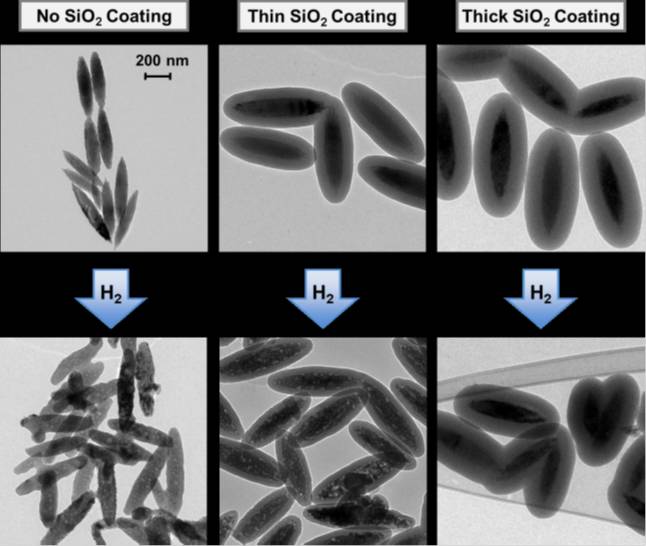A recent development in cancer diagnostic is the combination of imaging modalities, otherwise known as multi-modal imaging. This overcomes the intrinsic limitations of each imaging modality, leading to better reliability and accuracy of cancer diagnosis.
Another important development is the use of nanomaterials to enhance the contrast of tissues during imaging. For example, in ultrasound, silica hollow spheres have been used to increase the amount of acoustic radiation that is reflected back to the transducer. In Magnetic Resonance Imaging (MRI), magnetic iron oxide nanoparticles have been used to reduce the T2 signals of absorbing tissues. Thus far, most commercially available contrast agent can only be applied to the imaging modality it is designed for.
A third development is the use of stimuli responsive nanoparticle as the drug delivery system in cancer treatment. This allows the cancer drugs, which is often toxic, to be release only when it reaches the targeted diseased cells.
Current active projects:
1. Evaluating novel contrast agents for multimodal imaging
Ultrasound imaging is a non-invasive biomedical imaging technique for early detection of cancer. Ultrasound effect can be enhanced through the use of contract agent. The works involves designing novel materials as a contrast agent for ultrasound imaging
Investigators: Lipson Chin; May Lim; Rose Amal; C. Boyer (CAMD); Hung T.T(Biomedical).
2. Acicular magnetite nanoparticles for magnetic resonance imaging and controlled drug release.
Many modern drugs in the field of cancer treatment have highly adverse side effects. If the release of the drug can be controlled and targeted to the cancerous body tissue, patient discomfort and recovery time will improve. A theranostic agent has been proposed to address these problems: acicular, silica coated magnetite nanoparticles will be grafted with a PEG polymer that has been designed to facilitate controlled drug delivery. The release mechanism will rely on the magnetic properties of the magnetite core which will allow it to respond to magnetic induction heating.
Investigators: Alex Dunn, May Lim, C. Boyer (CAMD)
3. Gold-Iron Oxide Nanoparticle for Multi-Modal Biomedical Imaging and Controlled Drug Delivery
This study aims to develop acicular, composite hematite nanoparticles for use in multimodal medical imaging and for controlled drug delivery. Hematite nanoparticles will be seeded with gold nanoparticles to which block copolymers will be attached. A variety of drugs may then be bound to the polymer and released when the particles are exposed to a laser with a particular wavelength. This new medium has shown promising results for use as an ultrasound and MRI contrast agent, testing is also to be performed for its use in CT scanning.
Investigators:
Lipson Chin
Alex Dunn
Douglas Dunn
May Lim
Rose Amal
C. Boyer (CAMD)
Hung T.T(Biomedical)
